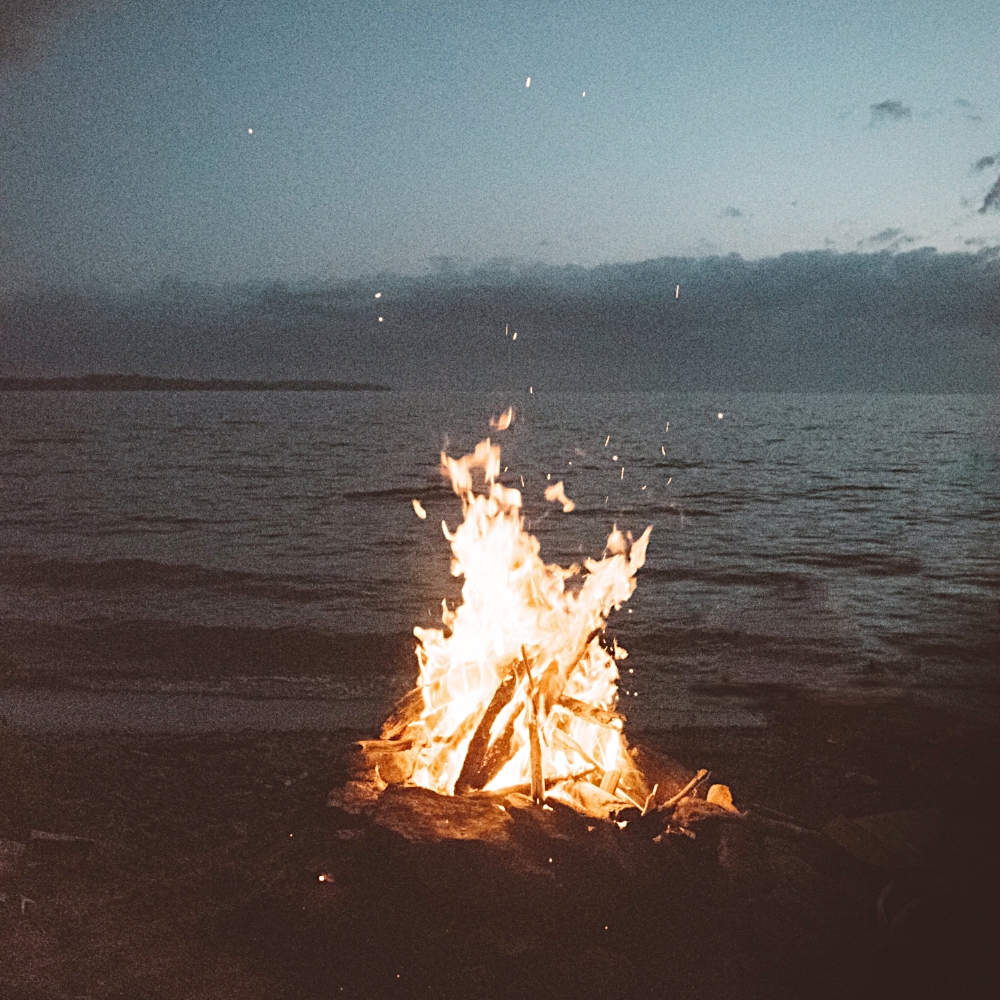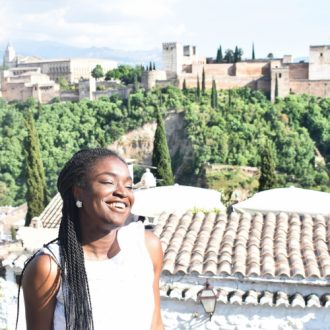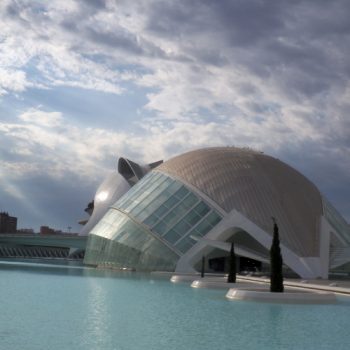
The San Juan Celebration in Spain
This week, we will be taking a first look at the tradition of San Juan, which is a popular celebration in many parts of Spain that roughly corresponds with the start of summer.
 What is San Juan?
What is San Juan?
The feast of San Juan (or Saint John the Baptist, as you may know him in English) falls on June 24th but the tradition here in Spain* is to celebrate La Víspera de San Juan, or The Eve of St. John, by spending the night before St. John’s day celebrating the changing seasons and gathering on the beach until the break of day. Since the summer solstice** is considered to be the longest day of the year, the celebration, which can last until the morning hours of June 24th, really puts this concept into practice.
While the festivities have religious roots (i.e. the obvious tie to St. John’s day), most of the traditional elements are rooted in pagan beliefs, which are carried out to different degrees depending where you celebrate. La noche de San Juan truly seems to bring everyone together—don’t be surprised to see senior citizens and teenagers, parents and children, locals and foreigners all celebrating together until the early morning hours. Traditionally, Spaniards didn’t visit the beaches until this night and so it was a ceremonial welcoming of the summer time.
Traditions:
San Juan (or a similar celebration of the summer solstice) is actually observed in many countries around the world, including Brazil (Festas Juninas), Portugal (São João), Sweden (Midsommar), and Denmark (Sankthans), to name a few. As you can imagine, traditions vary from countries to country but also from region to region here in Spain. The most common traditional elements of this celebration, especially for coastal locations, are listed below.
 Bonfires: In many places, the local name for La noche de San Juan is actually a translation of “The Bonfires of St. John” such as Hogueras de San Juan in Spanish, Fogueres de Sant Joan in valenciano (language of Valencia), or Fogueres de San Xuán in asturiano (language of Asturias). The bonfires are the most emblematic element of this celebration and they are said to ward off the evil spirits which run rampant at this time of year, when the sun begins to turn southward again (in the northern hemisphere).
Bonfires: In many places, the local name for La noche de San Juan is actually a translation of “The Bonfires of St. John” such as Hogueras de San Juan in Spanish, Fogueres de Sant Joan in valenciano (language of Valencia), or Fogueres de San Xuán in asturiano (language of Asturias). The bonfires are the most emblematic element of this celebration and they are said to ward off the evil spirits which run rampant at this time of year, when the sun begins to turn southward again (in the northern hemisphere).
In most coastal locations, the beaches fill up with droves of people who will start building their bonfires early on June 23rd. This is typically the only night of the year that bonfires and camping are allowed on the beaches (and only in certain areas so be sure to do your research!) In some traditions, it is said that jumping over the bonfire three times will result in a cleansing of the spirit and good luck for the coming year.
Midnight Dip: As the clock strikes midnight and the feast of St. John is welcomed in, most will celebrate by taking a swim or at least entering the sea. Again, this is correlated with good things to come for the rest of the year. In Andalucía, washing one’s face and hands three times is said to grant three wishes and a happy twelve months to follow. It is also said to clear up any skin complexion issues you may have. (Basically anything you partake in on this night will just be good for you!)
General merriment: As with most celebrations of the coming of summer, San Juan is simply a time of good cheer in which the towns will come together, families will make dinner together by cooking at the beach or packing a pre-made feast and there is lots of drinking and merriment. Generally, the cities will organize concerts and fireworks, among some other festivities that vary from place to place.
 Special characteristics: We hope to go into the specific San Juan celebrations of different cities in the future, but simply be aware that the celebration may have special characteristics depending when you are. For example, in places like Estepona and Alicante it is common to build satirical papier-mâché statues (such as those built for Las Fallas celebration in Valencia) called bigotes or ninots, respectively, that are also burned that night. Many inland cities and towns have special celebrations that do not involve the sea as well, such as the Fiesta del Agua that takes place in Lanjarón (a town in the mountains of Granada).
Special characteristics: We hope to go into the specific San Juan celebrations of different cities in the future, but simply be aware that the celebration may have special characteristics depending when you are. For example, in places like Estepona and Alicante it is common to build satirical papier-mâché statues (such as those built for Las Fallas celebration in Valencia) called bigotes or ninots, respectively, that are also burned that night. Many inland cities and towns have special celebrations that do not involve the sea as well, such as the Fiesta del Agua that takes place in Lanjarón (a town in the mountains of Granada).
* This is a point of dispute and some cities will carry out the celebration on the night of June 24th.
** Again, a bit of controversy as June 23rd is the not actually the summer solstice, but Spaniards seem to roll all of these nearby nights into one.




